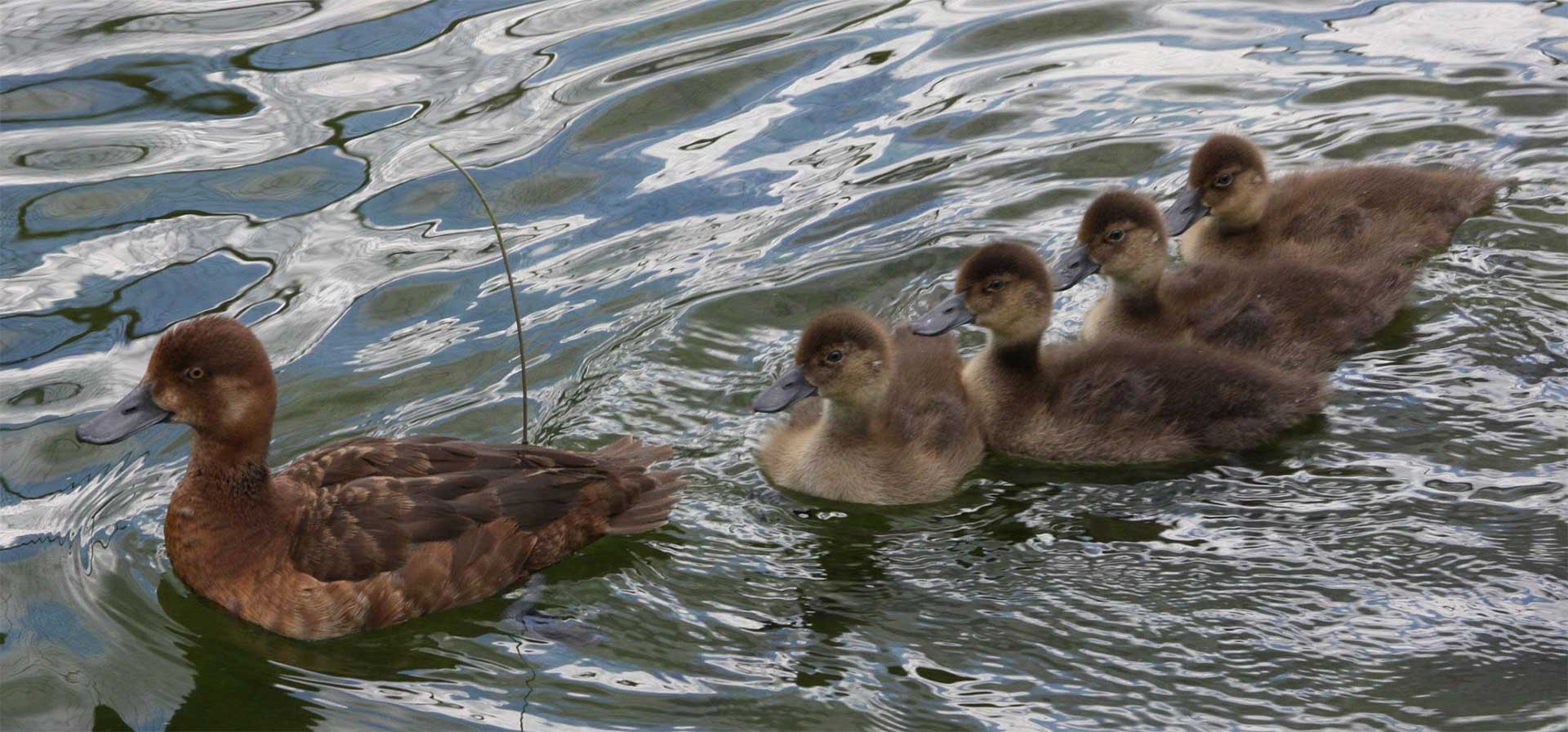Lead Institution(s): USGS-Patuxent Wildlife Research Center
Project Lead: Matthew Perry
Collaborator(s): Glenn Olsen (USGS), Alicia Wells-Berlin (USGS)
Location: Patuxent Wildlife Research Center
Project Description: This study documented the effects of implantable transmitters on the behavioral ecology of diving ducks and sea ducks. We focused on the need to better understand the effect on courtship and egg laying during the spring and the effect of the transmitter and antennae during winter foraging activities, when energetics may be more critical to survival. This information is needed to obtain the knowledge of the effect that these transmitters have on the future success and survival of the instrumented ducks while transmitting, but also after the transmitters have stopped transmitting.
